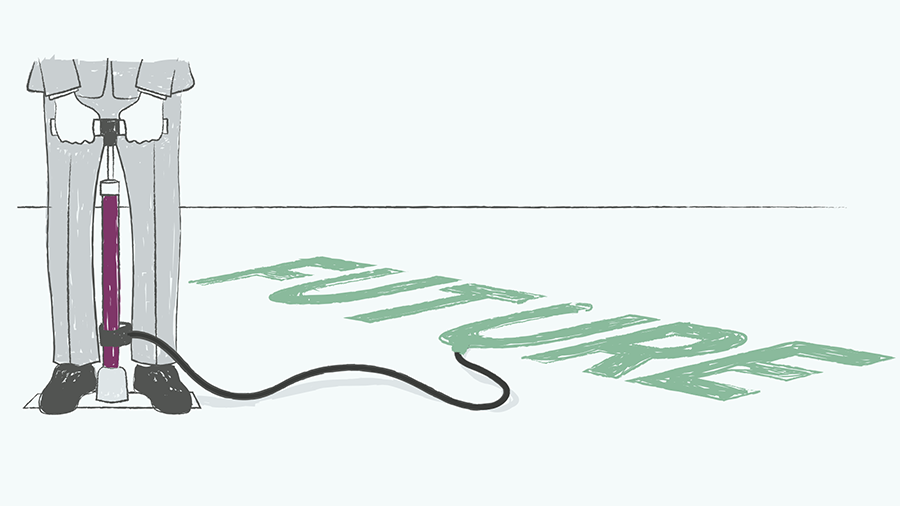
Unsurprisingly, you don’t exactly find CEOs queuing up these days to show off their towering bureaucracies.
Flatness is characteristic of start-ups – they can’t afford middle managers – and is therefore associated with agility, a must-have quality in an age of rapid, perpetual change. The alternative is seemingly to suggest that you are beyond capable of changing, hardly a good look for a company that wants to persuade its investors it will still exist in five years.
Appearances aside, there is a serious decision to be made about how flat you want to be as you scale, and a separate question about how flat you are capable of being.
The latter is a matter of budgets and basic sociology. Hierarchies are efficient; having large teams of generalists and specialists who can rapidly jump on tasks on a project-by-project basis is a luxury only those with rapid growth and a healthy balance sheet can afford at scale.
The sociology relates to Dunbar’s number, which states that humans can only really know about 150 people at any one time. In large organisations, leadership therefore necessarily has to permeate to the front line through large numbers of intermediaries, whether those intermediaries are middle managers or peers. You can be flatter by having less formal structures of authority but you can never be genuinely flat if you’re Walmart.
The question of how flat you want to be is a matter of economics. As mentioned, hierarchies are efficient. In fact, astonishingly so, because they allow both division of labour and economies of scale, the double whammy that was largely responsible for creating the abundance of the modern world.
What this means is that sometimes you really do want a hierarchy, while other times you want to be flatter. It’s like the difference between acceleration and speed. When you need to adapt quickly, flatness is preferable because it takes less time to change direction. When you have a clear straight line and you want to maximise an opportunity, then build the hierarchy and start running. Just don’t let it get so rigid that it becomes incapable of change.
How (not) to be flat
If you are going for flatness, then make sure you know what it means, and what it doesn’t. It doesn’t mean equality, at least as regards decision-making – it defeats the object of agility if you have to take a referendum on every decision.
It also doesn’t mean informality – you can be quite hierarchical on a first name basis.
Most of all, it doesn’t mean that the tasks of the middle manager simply don’t need doing. People still need organising and coordinating to achieve the business’s overall objectives.
In a genuinely flat organisation, they’ll be empowered to organise themselves under the guidance of a leader with a clear vision, and with clear frameworks for decision-making and resource allocation.
Without these things, flatness just doesn’t work – you either get chaos (because people don’t organise themselves) or micromanagement (because the senior management tries to do the job of the absent middle managers as well as their own).
If you can pull it off without falling into these pitfalls, then some degree of flatness can be very desirable in certain industries, particularly where change is a constant or is indeed accelerating. In others – like mining, where capital cycles are necessarily many years long – it’s not likely to take off.
Whatever you do, just make sure that your approach is well-thought out and suited to your particular needs, your culture and your strategy. It’s a lot harder to change your mind about your organisational structure than it is to get a new wardrobe.
















